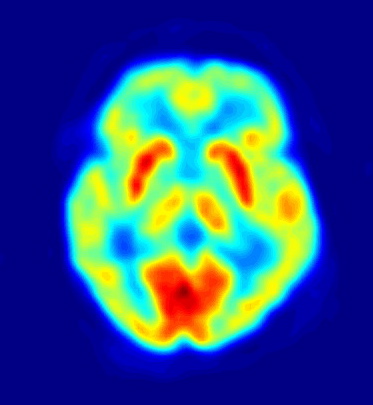Human brains are amazing works of biological engineering, and one of our greatest challenges as scientists is to understand how they have evolved. Now researchers writing in the journal Nature Neuroscience have shed some light on the origins of the brain, and how we developed such large, complex ones.
 Currently, scientists think that the connections between nerve cells, known as synapses, are similar in most animals from tiny worms to humans, and that it is simply the increase in their number that allows more complicated thinking. Put simply, the theory goes that more nerves equal more brain power. But now, researchers, led by Professor Seth Grant at the Wellcome Trust Sanger Institute, have found that it is not simply size that gives us our brain power but also, during evolution, increasing complexity in the molecular processing of nerve signals at synapses.
Currently, scientists think that the connections between nerve cells, known as synapses, are similar in most animals from tiny worms to humans, and that it is simply the increase in their number that allows more complicated thinking. Put simply, the theory goes that more nerves equal more brain power. But now, researchers, led by Professor Seth Grant at the Wellcome Trust Sanger Institute, have found that it is not simply size that gives us our brain power but also, during evolution, increasing complexity in the molecular processing of nerve signals at synapses.
The team looked at around 600 molecules that are found in synapses in different species, and found dramatic differences in the number of different molecules that were present. For example, only around half are present in invertebrates (animals without a backbone, such as fruit flies) compared with higher organisms.
Remarkably, the scientists also found that around a quarter of the proteins involved in synapses (and therefore learning and memory) are even found in single-celled yeast, which obviously have no brains. Instead, these proteins help the yeast cells to respond to signals from their environment, such as stress due to a lack of food or temperature change.
Overall, the study shows that two leaps in sophistication in the structure of nerve junctions could have been the driving force that allowed complex brains to evolve, and that this occurred before brains significantly increased in size. The first major wave of change happened around a billion years ago, when the first multicelled organisms appeared. Then the next wave happened when vertebrates came along, around 500 million years ago.
Most important for understanding of human thought, the team found the increase in synapse molecules that occurred in vertebrates provided a pool of proteins that were used for making different parts of the brain into the specialised regions such as cortex, cerebellum and spinal cord.
These new findings will be important in understanding normal functioning of the human brain and will also shed light on a number of diseases and brain problems, including mental disability.
- Previous Tree leaves keep it cool
- Next Waking up stem cells









Comments
Add a comment